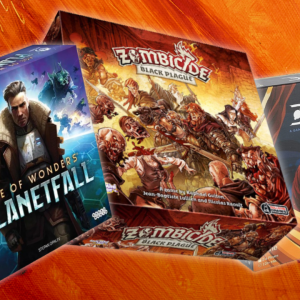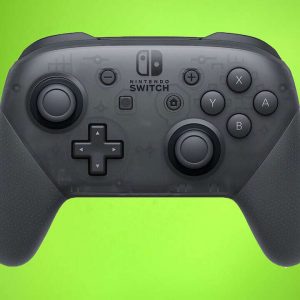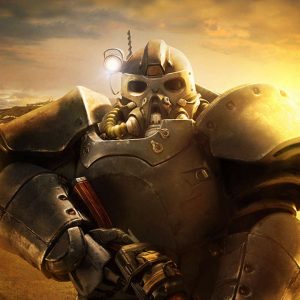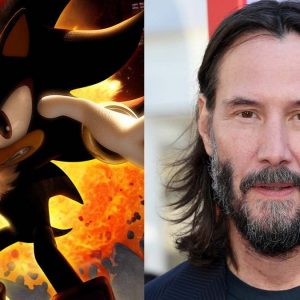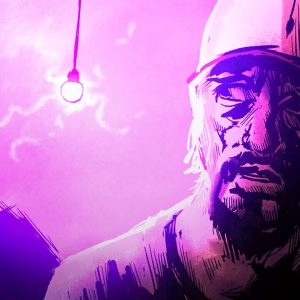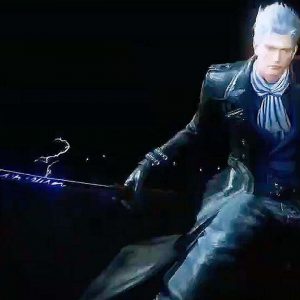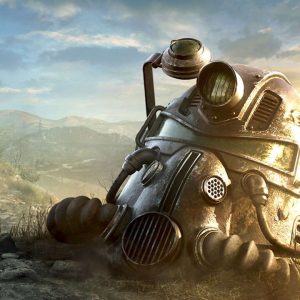Pokémon Battle Revolution by developer Genius Sorority was not a great game. Released in North America in 2007, it served as Pokémon’s Wii debut, but was more or less an extension of the DS games Pokémon Diamond and Pearl. Effectively a 3D battle simulator, it made competitive fights more compelling to watch, but as a video game, it was an absolute nothing burger. It has no real story content, and much of the game is spent pitting your teams, made in another game, against pre-set challenges. Still, it offered the most detailed combat animations the series had ever seen. And now, while the game has been largely forgotten by the general public, in light of conversations surrounding the animation quality of the Pokémon series, fans are looking back at Battle Revolution with kinder eyes.

Welcome to Exp. Share, Kotaku’s weekly Pokémon column in which we dive deep to explore notable characters, urban legends, communities, and just plain weird quirks from throughout the Pokémon franchise.
To be fair to everyone involved, Battle Revolution being so barebones is likely why it can put so much love into animating all the Pokémon in its simulated battles. It supports all the Pokémon from the first four generations, from Bulbasaur to Arceus, and because there’s not much game surrounding those battles, a lot of work went into capturing the essence of nearly 500 monsters.
Some of the best examples are in the fainting animations. At the time, all most Pokémon games had were sprites that disappeared from the screen when a monster was knocked out. Similar to Pokémon Stadium before it (several of the game’s animations iterate on what Stadium and its sequel did on the Nintendo 64), Battle Revolution has original animations for each Pokémon when they faint, and they range from a critter simply falling unconscious to something much more theatrical.
For example, take Honchkrow. The dark/flying-type bird wears a fedora, and when it falls in battle, it dramatically flails back and, just before returning to its Pokéball, tips its hat to its opponent as a sign of respect. It’s not just the fainting animations, though. There are little touches in each Pokémon’s movements that convey a real sense of character. Roselia puts its hands on its hips and does a sassy walk as it recovers from an enemy attack. Ferocious Pokémon like Houndoom roar and snarl from their side of the battlefield. Even when it doesn’t directly show Pokémon in a scrap, Battle Revolution takes a lot of care to portray who a Pokémon is, and it’s fun to look back on after 17 years.
Part of what makes Battle Revolution’s animations distinct compared to even modern 3D Pokémon games is that battles allow Pokémon to make visible contact when they use attacks. More often than not, games like Scarlet and Violet animate battles so Pokémon can stay in their designated spot on the field. Even physical attacks like a punch or a kick are animated as such, with a quick graphic of a fist or a foot striking the target, rather than the Pokémon itself walking across the screen to strike. But I have distinct memories of my Raichu and Torterra walking over to an enemy to attack with Iron Tail or Wood Hammer. Now, those same moves are portrayed with a dismembered appendage rather than with Raichu walking over and slamming a metal tail against an enemy.
While Battle Revolution’s lack of features and content is likely why it can dump time and resources into making every Pokémon look and act distinct, the Wii game has been, perhaps unfairly, cited in ongoing conversations about modern Pokémon game animations and Game Freak’s reasoning for doing away with the National Dex that includes every Pokémon in more recent games. At the height of this controversy (known colloquially as “Dexit”) in 2019, long-time series producer Junichi Masuda explained that, among other reasons like game balance, developing games like Sword and Shield on the Switch allowed the team to create “higher quality animations,” and lowering the number of Pokémon in a game is a good way to keep that hypothetical quality intact.
“There are a couple of different parts to the thinking behind it, but really the biggest reason for it is just the sheer number of Pokémon,” Masuda told USGamer. “We already have well over 800 Pokémon species, and there’s going to be more added in these games. And now that they’re on the Nintendo Switch, we’re creating it with much higher fidelity with higher quality animations.”
Ultimately, however, looking at Sword and Shield or Scarlet and Violet, it’s clear that Matsuda’s argument about higher-quality animations hasn’t really panned out, especially when you look at those games alongside the animations in Battle Revolution. (The validity of Masuda’s claims remains a regular talking point within the Pokémon community in conversations about the quality of more recent games.) There are, of course, a dozen other factors as to why Scarlet and Violet are a buggy mess and why its animations aren’t at the level of something like Battle Revolution. Game Freak isn’t developing these games in isolation; they’re one component in a vast multimedia franchise that makes most of its money from merchandise. As much as the hardcore fanbase wants to believe The Pokémon Company’s main focus is on the games we buy every year, the money tells a different story.
Broadly, the Pokémon series has a lot of great systems and character design in place, but Game Freak’s translation of these ideas into a 3D space has always been lacking. Short of a complete overhaul of how these games are developed, I would be surprised to see a mainline Pokémon game reach this same level of animation quality that Battle Revolution possessed, especially as the series has finally surpassed 1000 Pokémon with Scarlet and Violet. But looking back at what Genius Sorority was able to accomplish on the Wii when all it really had to care about was whether or not the Pokémon battles looked good rather than creating a new world with RPG systems on top of designing brand new monsters, it’s hard not to imagine the possibilities.
